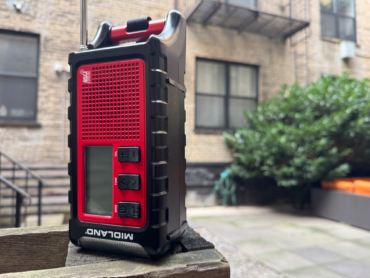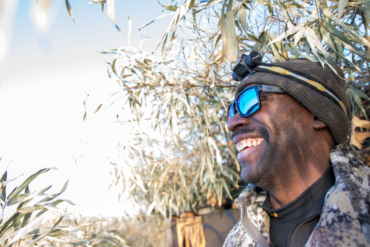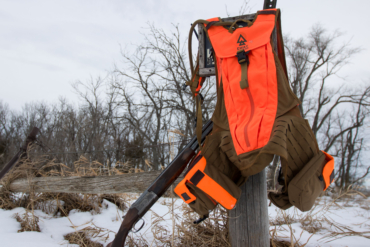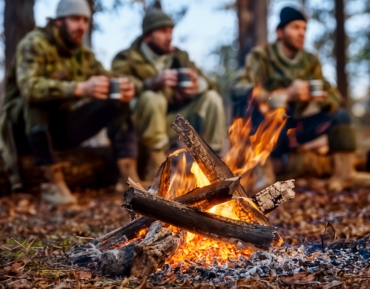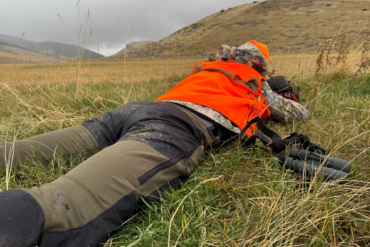Trail cameras can make your life easier and increase your chances of a successful hunt — and they may offer the edge you need to bag that prize buck.
Animals travel, socialize, and feed throughout the day, and we can’t always be there to watch them. To best understand our prey, we need to use trail cameras to monitor these activities. However, just like all other gadgets we use in our lives, trail cameras can be prone to both user and technological errors.
Here is a simple, out-of-the-box resource to help you get the best results possible with your trail camera.
Find the Right Trail Camera
The first step is to find yourself the right camera. The market for trail cameras is huge, and some stunning products can be found for stunningly expensive prices.
Luckily, this isn’t always the case. Browning Trail Cameras are highly user-friendly, take great pictures, and don’t break the bank. Take the time to shop around and find a camera perfectly suited to your particular needs.
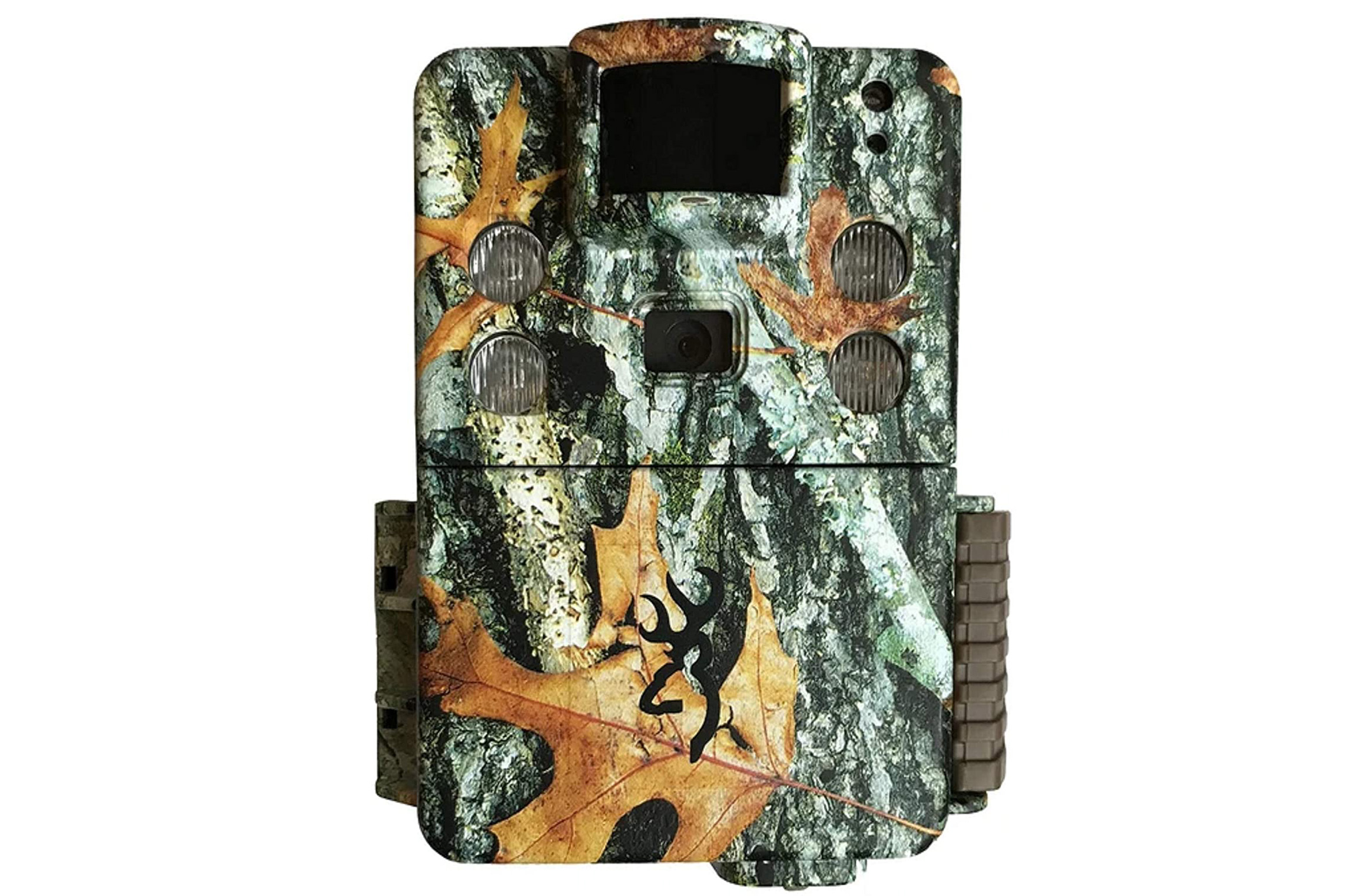
Preparing Your Trail Camera
As the Boy and Girl Scouts say, preparation is everything. And if you don’t want to come home disappointed, make sure you start fully prepared. Plenty of minor details can easily be overlooked and lead to some disheartening results. If checked and double-checked, you’ll be on your way to a great season.
Power
Power and juice up your camera. If your camera has been sitting in a box for some time or is brand-new, it needs to be checked and batteries replenished.
Turn it on at home and adjust all the settings to what you want. These include your capture mode, sensitivity for your sensor, and the time and date. Doing this beforehand is an easy way to avoid getting videos of a branch waving in the distance from January 4, 1943.
Check the SD Card

Triple check your SD card. The SD card is your pirate’s chest, your bank vault, and the key to your hunt. All your hard work is saved to your SD card. If — God forbid — you forget to put one in or have it formatted incorrectly, you’ll lose all your images.
Try It Inside Before It Heads Outside
Strap your trail camera to a kitchen stool and move around in front of it with different settings. It’s beneficial to know how the camera will respond to different movements, light, heights, and so on.
Find the settings you like and pack the camera up to head out into the field.
Placing Your Trail Camera

Maybe you’re placing a trail camera on the same 100 acres where you’ve lived your whole life, or you’re trying it out on a brand-new piece of land you haven’t seen until today.
Either way, gathering information about the land before placement is key.
Scout Locations
Scout the land for potential spots. Walk the land or jump on Google Earth to find some possible locations. Keep an eye out for big food sources — such as summer food plots and alfalfa and soybean fields — or heavily trafficked game trails.
Another quick and obvious location for a camera is near a major water source, whether it be a lake, pond, or wallow.
Set Up Early
Place your cameras early in the season. Recognize that you may need a bit of time to accommodate a learning curve, as we all do. Use the earlier days to hone your camera craft and come out with more experience. Expect better results as you close in on your hunting dates.
Direction
A camera facing the sun may activate the heat sensor and capture a lot of shots of the sun, and nothing else. Try placing your camera facing either north or south so you can miss the activity of sunrise and sunset.
Distance

A camera too close to your target will result in an up-close mugshot. Too far, and it will make it hard to see anything without a microscope. Place your camera about 10 yards from where you’re expecting anything to be passing by.
Height
Ideally, you will place the camera at the same level as your target animal’s chest. For larger game like deer and elk, this tends to be around 3 feet or at your waistline.
Remember to check the angle of the land right in front of the camera. If it drops or rises drastically, adjust your camera angle to match the slope to avoid catching tips of antlers or just hooves.
Security
Lock your camera with a steel cable and strap it tight to the tree. This should keep any unfriendlies from snatching your gear and bucks from scratching and knocking your camera to the ground or simply changing the angle.
After you’ve prepped, placed, and assured yourself of your camera’s functionality, all you need to do is go home and wait. Check your cameras when you can, and hopefully, you’ll be on that buck’s trail in no time.
Final Thoughts
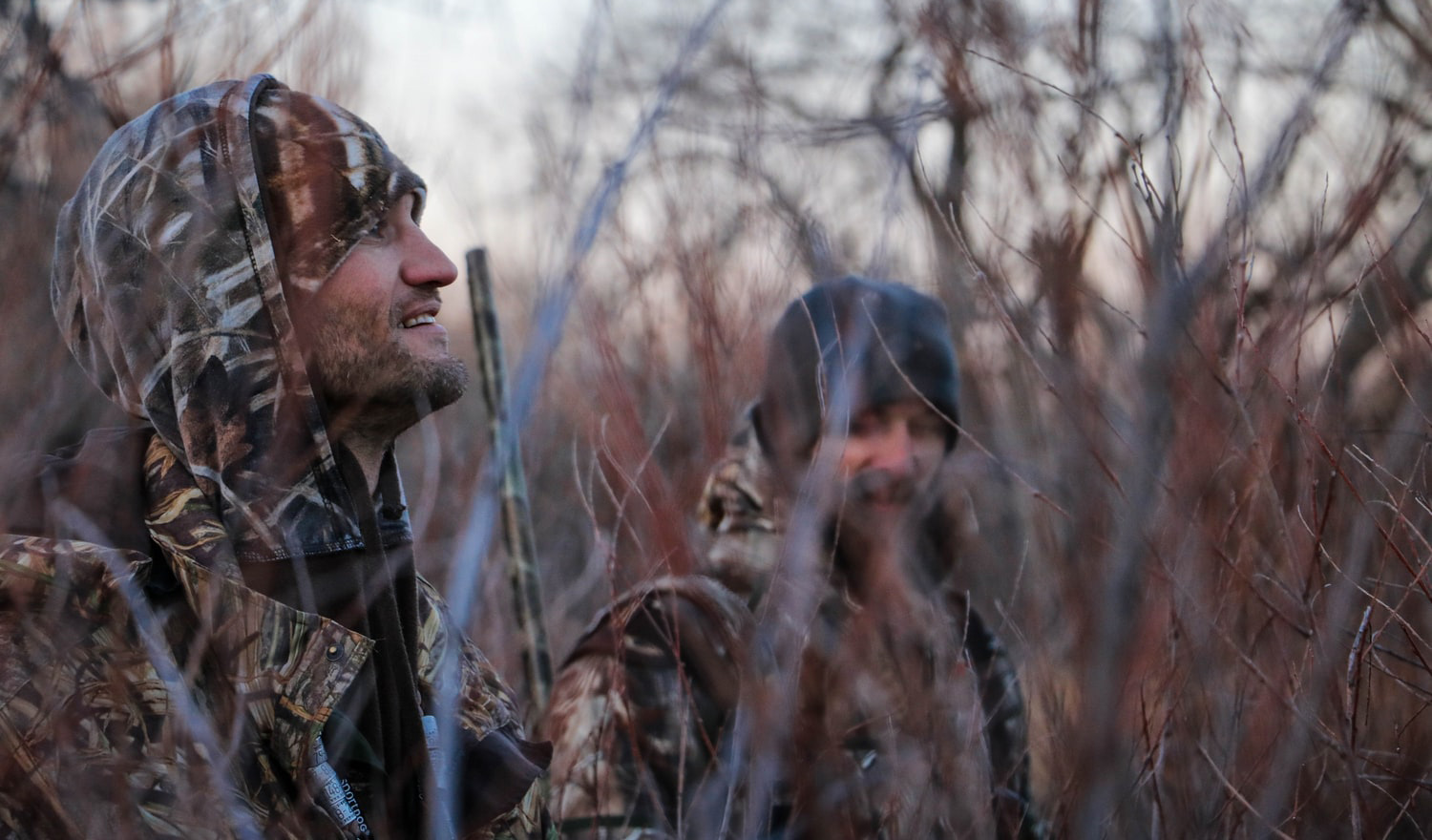
Trail cameras do most of the tedious and monotonous work of scouting game for you. Take care of it, know the basics of getting set up, and your chances of a successful hunt will skyrocket.
Stay safe, and happy hunting!

